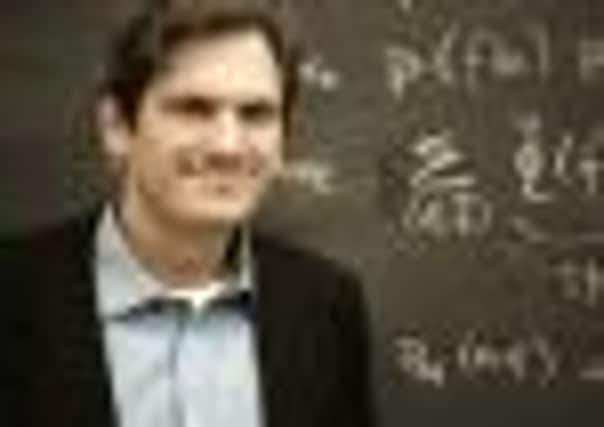Edinburgh inventors up for technology ‘Oscars’


And the city’s reputation as a hotbed of talent shows no sign of slowing down – with two of its experts nominated for Europe’s technology “Oscars”.
Scottish prosthetics expert David Gow and machine translation genius Philipp Koehn have both been named as finalists for the 2013 European Inventor Award.
Advertisement
Hide AdAdvertisement
Hide AdPresented by the European Patent Office (EPO), the ceremony will be held in Amsterdam next month and will be attended by Queen Beatrix of the Netherlands.


David Gow, 56, from Comiston, developed the i-limb – prosthetic hands with separate motors in each digit for precise individual control.
The product has gone on to benefit amputees, war veterans and those with limb defects since birth, allowing the wearer to accomplish previously impossible tasks such as tying their shoelaces or using ATMs.
David, head of the Southeast Mobility and Rehabilitation Technology (SMART) Centre at NHS Lothian, said: “I’m very flattered to have been nominated for this, it just came out of the blue. In the early days, I got a lot of satisfaction helping individuals who were involved with the research. Now it has gone on to help people all over the world.”
David was inspired by an episode of BBC TV’s Tomorrow’s World in 1980 which featured electrically powered artificial limbs. More than 3000 hands have been sold since a patent was granted in 2006.
Computer translation expert Philipp Koehn, a lecturer at the University of Edinburgh, has been nominated for laying the foundations for modern machine translation. The software he developed translates by analysing and comparing whole phrases, not single words.
Philipp, 41, said: “I was really surprised to have been nominated for this.
“Usually you are in your own little academic circle where you are famous among the 200 people who are working on it.
Advertisement
Hide AdAdvertisement
Hide Ad“I think the nomination says something about the success of this technology.”
The basic premise of phrased-based statistical machine translation (SMT) model is that while a word can have several potential meanings, phrases often have only one. By developing mathematical algorithms, Koehn and Franz Josef Och – who now heads Google’s machine translation team – discovered that they could statistically determine the most likely interpretation of texts.
A community of researchers from around the world continue to collaborate in the open source project he founded. Launched in 2006, the European Inventor Award is presented annually by the EPO. For the first time, the public are being invited to cast their vote to select the winner from 15 finalists.
Tradition of innovation
• Alexander Graham Bell, (1847-1922), invented the telephone. After his groundbreaking creation he continued to test out new ideas involving kites, aeroplanes and sheep-breeding.
• James Pillans (1778-1864), the former headmaster of the Royal High School, invented the blackboard. Pillans, who was educated at Edinburgh University, was an early advocate of compulsory education.
• Physician Alexander Wood (1817–1884), used the sting of a bee to come up with the world’s first hypodermic needle in 1853. It was initially used exclusively for the administration of morphine as a painkiller.
• The world’s first colour photograph was the result of the “three colour method”, developed by James Clerk Maxwell (1831-1879). Maxwell is regarded as one of the greatest physicists of all time.